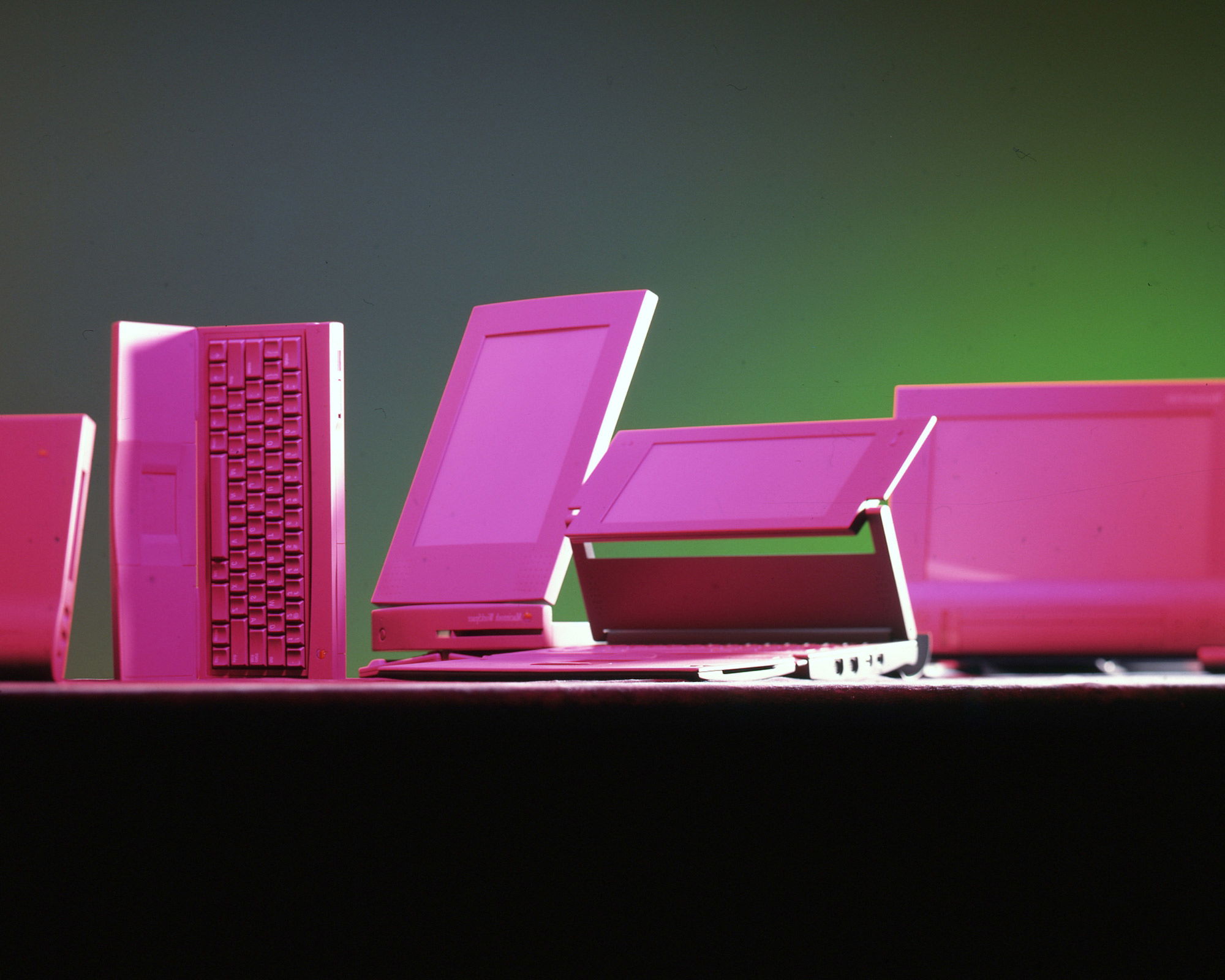Martin Darbyshire answers what we can expect from the Jony Ive-OpenAI partnership?

The Drum’s Tom Banks catches up with Martin Darbyshire, the co-founder of design consultancy tangerine who hired Ive in 1990 and worked alongside him on many projects, including a major scoping one for Apple, as we look at what might come from the AI company placing a design leader at the heart of its business.

tangerine's co-founders Clive Grinyer (left) and Martin Darbyshire (centre right) with first employees Peter Philips (centre left) and Jony Ive (right)
Working with Jony Ive
“John is an unusual blend of visionary thinker and master craftsman,” says Tangerine co-founder Martin Darbyshire, who is one of the people who brought Ive into the business in 1990. “You could even use the word pedantic in terms of the level of detail he will design something with and, at the same time, he can think a long way ahead, in many ways, but he’s also a gentle and very humble soul, so he’s quite a complex character.”
Working closely alongside him from 1990 to 1992, Darbyshire could see Ive was “a phenomenal design talent. There’s no question about that. He could do things years ahead of what you would expect someone who had just graduated could do.”
Towards the end of 1992, he had joined Apple, a company that was also one of Tangerine’s clients. Ive and Darbyshire worked together on a concept project for Apple called Juggernaut.
Darbyshire says: “We were looking at the future of portable computers. Apple had the Newton Pad, which used a pen and a sort of very early handwriting recognition, so as well as having a small keyboard on a screen and a pen, it was also the introduction of a tablet, if you like, but it was a lumpy device that you held in your hand. It wasn’t small.”
Tangerine developed three concepts to improve upon this (see banner image). “There was the Workspace, which was a kind of desktop but portable computer, Sketch Pad, which folded up into a clutch bag, and then Folio, which was a suite of separate elements comprising a screen with a stand and then wireless keyboard and a pen,” says Darbyshire, who adds: “It was the beginning of what the iPad might be, but early thinking in that respect.”
This was the end of Ive’s brief but formative time at Tangerine. “Through the success of that project John, was tempted to go to Apple. It wanted to recruit him and we said, ‘Go, it’s a great opportunity.’”
Without getting too bogged down in Ive’s Apple career, it is worth remembering that he was heavily, personally involved in the design outcomes of the iPod, iPhone and iPad.

Left–Right: Jony Ive, Clive Grinyer, Peter Philipps, Martin Darbyshire
How much difference can one designer make?
While Ive’s talent shouldn’t be ignored, neither should we be swept up in lauding his genius when a lot of his success at Apple came down to its structure: namely, placing design at the heart of the business where it was backed by the company’s CEO.
Whether you credit Ive himself or the way Apple was set up with the success of category defining and revolutionary products, there are obvious parallels to be drawn with the faith Ive has been shown by OpenAI, so it’s not such a stretch to think about the impact this suite of OpenAI products might have.
Darbyshire is still cautious with his assessment of Ive’s power. “John is a phenomenally talented designer, but he’s only been able to do what he did at Apple because he was fundamentally empowered by a CEO [Steve Jobs] who believed in design. Without that backing, design will always struggle to deliver what it can.”
The alternative would be a “company that market researches everything to death, has a consensus viewpoint on things and looks for what they think will please everyone because they believe that’s the safest path,” he says.

Fax machine designed by Jony Ive at tangerine, 1993
The $7tn question
Without pointing specifically at OpenAI, Darbyshire raises another point around profitability. “The success of a business is down to the way it operates, its culture and also the business model that it develops to ensure it makes money, because there are plenty of device-oriented businesses that have got nowhere and ran out of money because they didn’t have a sustainable income stream.”

Flatliner Comb designed by Jony Ive at tangerine for Brian Drumm, 1990
Exceptional products still need services and infrastructure
“What’s always difficult with products is how you monetize them,” says Darbyshire, who adds: “It depends on whether they’re trying to be a business that is profit driven and, unless they have a robust subscription model of some sort, devices are difficult to make money with.
“If you look at Fitbit, it hasn’t made a profit since 2015, despite being owned by Google, and there are many more failures than successes on this front, so this is what intrigues me.”
While it’s likely that OpenAI will be banking on a mass-use consumer product, Darbyshire says it would be interesting if OpenAI “looked at healthcare or the B2B market, but that would be quite a shift away from the lifestyle products John is associated with to some degree.”
Depending on where you look, you can see that, on average, OpenAI is generally valued at around $300bn, yet its 2025 revenue was $12.5bn. “The way these companies get valued really puzzles me,” says Darbyshire.

While at tangerine Jony Ive worked alongside Martin Darbyshire on Apple's "Project Juggernaut" exploring the future of portable computers
Article Extract from The Drum. Read in full here: https://www.thedrum.com/news/2025/06/02/what-can-we-expect-jony-ive-openai-partnership